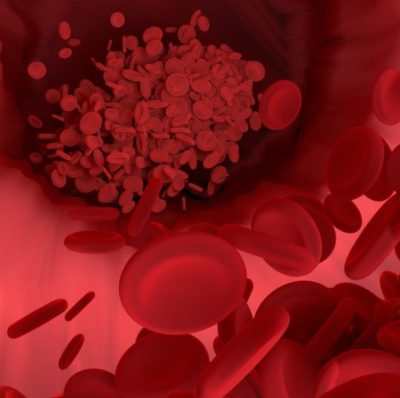Platelet counts in MPN Cancer Patients
Platelets, also known as thrombocytes, are tiny blood cells that play a vital role in blood clotting. They help to stop bleeding by clumping together and forming a plug at the site of a damaged blood vessel. In patients with MPN (Myeloproliferative Neoplasms) cancer, platelet counts can be significantly affected, leading to various complications.
In MPN, which is a group of rare blood cancers involving the overproduction of blood cells in the bone marrow, platelet counts can be either too low or too high. Let’s explore how MPN affects platelet counts and the implications of low and high platelet counts in these patients.
Low Platelet Counts in MPN
Low platelet counts, known as thrombocytopenia, can occur in MPN patients due to several reasons. One common cause is the replacement of healthy bone marrow tissue with cancerous cells, which can disrupt the normal production of platelets. Additionally, the enlarged spleen, a common characteristic of MPN, can sequester platelets, leading to a decrease in circulating platelet count.
Living with an MPN and low platelet counts can pose significant challenges. Patients may experience excessive bleeding even from minor injuries, nosebleeds, and easy bruising. They may also have prolonged bleeding during surgeries or dental procedures.
Treatment options for low platelet counts in MPN patients aim to raise platelet levels and manage bleeding risks. Medications such as corticosteroids, thrombopoietin receptor agonists, and immunosuppressive drugs can stimulate platelet production. In severe cases, platelet transfusions may be necessary to increase platelet counts and prevent bleeding complications. Lifestyle modifications, such as avoiding activities that may cause injury, are also advised.
High Platelet Counts in MPN
In contrast to low platelet counts, some MPN patients experience high platelet counts, a condition called thrombocythemia. This occurs due to the overproduction of blood cells, including platelets, in the bone marrow. High platelet counts can lead to an increased risk of blood clot formation, known as thrombosis.
Symptoms of high platelet counts in MPN patients vary but can include headaches, dizziness, vision changes, and numbness or tingling in the extremities. Blood clots can occur in various locations, such as deep veins (deep vein thrombosis), lungs (pulmonary embolism), or brain (stroke).
Managing high platelet counts in MPN patients involves reducing the risk of blood clot formation. Medications such as aspirin, which inhibits platelet aggregation, are commonly prescribed. Phlebotomy, a procedure to remove excess blood, may be performed to lower platelet counts. Additionally, specific medications targeting the underlying MPN disease, such as JAK inhibitors, can help regulate platelet production.
Preventing Blood Clots and Reducing Symptoms
MPN patients, regardless of platelet count, are at an increased risk of blood clots. To minimize this risk and alleviate symptoms, several strategies can be adopted. Lifestyle changes like regular exercise, maintaining a healthy weight, and avoiding smoking are essential. Adequate hydration and avoiding dehydration can also help prevent blood clot formation.
Furthermore, patients may be advised to wear compression stockings, especially during long periods of immobility such as during air travel, to promote blood circulation and reduce the risk of blood clots. In some cases, anticoagulant medications may be prescribed to prevent clot formation.
Regular monitoring of platelet counts and overall disease progression is crucial for MPN patients. Close collaboration with healthcare professionals, including hematologists and oncologists, is essential to determine the most appropriate treatment strategies based on individual patient needs.
In conclusion, understanding platelet counts in MPN cancer patients is essential for managing the disease and preventing complications. Both low and high platelet counts can pose significant risks, including bleeding or blood clotting. Through regular monitoring, appropriate medical interventions, lifestyle modifications, and preventive measures, patients can better manage their platelet counts and improve their overall quality of life.
Resources
- MPN Research Foundation – www.mpnresearchfoundation.org
- American Cancer Society – www.cancer.org
- National Cancer Institute – www.cancer.gov
- Mayo Clinic – www.mayoclinic.org
- Leukemia & Lymphoma Society – www.lls.org
